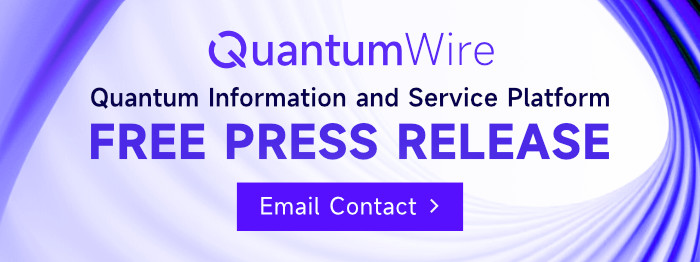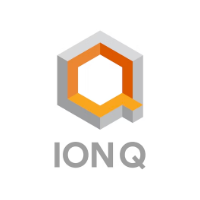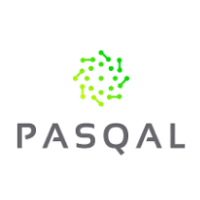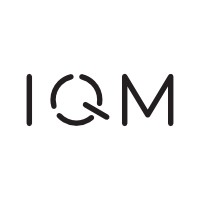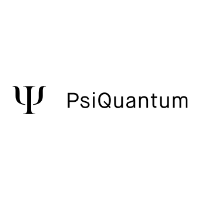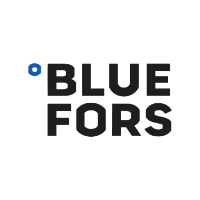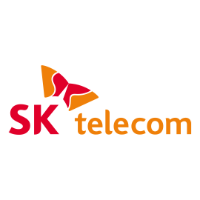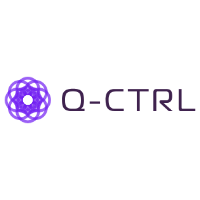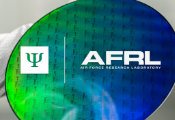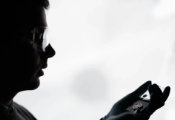Quantum Computing: Achieving a Breakthrough by Pooling Our Expertise
Quantum Computing: Achieving a Breakthrough by Pooling Our Expertise
Fraunhofer IAO, Fraunhofer IPA and the IAT of the University of Stuttgart are pooling their research expertise to set up the cross-institute Fraunhofer Lab “flaQship”. The lab focuses on applied quantum computing in Stuttgart and Heilbronn.
New Emmy Noether Group for Quantum Computing and Quantum Internet
New Emmy Noether Group for Quantum Computing and Quantum Internet
The new Emmy Noether junior research group “Quantum Network Nodes” was launched at the beginning of the year. It focuses on research in the fields of quantum computing and quantum communication and is headed by physicist Dr. Stephan Welte, who has acquired funding of 1.9 million euros for the project.
Quantum Repeaters for Secure Communication
Quantum Repeaters for Secure Communication
In the new network project “Quantenrepeater.Net (QR.N)”, physicists at the University of Stuttgart are researching, developing, and testing special repeaters for the quantum Internet. These repeaters are key to the secure IT infrastructure and communications of the future.
German-Canadian Joint PhD Program in Quantum Materials Renewed
German-Canadian Joint PhD Program in Quantum Materials Renewed
On the occasion of the extension of the program, a signing ceremony took place on January 20, 2025. Prof. Benoit-Antoine Bacon, President of UBC, Prof. Peter Middendorf, Rector of the University of Stuttgart, and Prof. Bernhard Keimer, Director of the MPI-FKF, attended the event.
Ultra-Compact Light Source for Quantum Encryption
Ultra-Compact Light Source for Quantum Encryption
The Fraunhofer Institute for Applied Optics and Precision Engineering IOF is presenting a new photon source at SPIE Photonics West in San Francisco (January 28 to 30, 2025) that has been specially developed for the "Prepare-and-Measure" protocol of quantum communication. The components of the source are optimized for use in space.
How Quantum Bits Are Revolutionizing Technology
How Quantum Bits Are Revolutionizing Technology
Molecular quantum bits hold great promise for advancing more powerful and secure quantum technologies, particularly in sectors like communications and energy. However, qubits find it difficult to exploit their full potential in conventional hardware. Chemists like Joris van Slageren are researching how to turn qubits into robust and reliable information carriers. The Alexander von Humboldt Foundation has named Joris van Slageren a Henriette Herz Scout in recognition of his expertise in molecular quantum technology and his dedication to supporting early-career researchers.
Start-Up Brings Quantum Sensor to Market Maturity
Start-Up Brings Quantum Sensor to Market Maturity
Whether beer, coffee beans, yogurt or lubricating oil: A device small enough to fit into one hand can measure the shelf life of substances. The idea: To bring this technology to the food industry. As a start-up, this spin-off from the University of Stuttgart will receive funding from the EXIST research transfer program of the Federal Ministry of Economics and Climate Protection (BMWK).
Quantum Sensors Used to Move Prosthetics
Quantum Sensors Used to Move Prosthetics
For controlling prosthetics, the body’s signals must be detected to move the artificial limb. At the moment, implanting electrodes is the most common technique but this is invasive and electrodes can deteriorate or move position. A completely different approach is now developed by the multidisciplinary consortium QHMI in Stuttgart, Germany, using quantum sensors to detect the incredibly small and fast nerve signals. The ultrasensitive quantum magnetometers will be carried outside the body measuring the neural signals through the skin. At this stage, the scientists are using Spectrum Instrumentation’s ultrafast digitizers (M5i.3357) and Arbitrary Waveform Generators (M4x.6631) to characterize the signals and to finally design the required Application Specific Integrated Circuits (ASICs) and Photonic Integrated Circuits (PICs).
Karlsruhe Institute of Technology Joins IQST as a New Partner
Karlsruhe Institute of Technology Joins IQST as a New Partner
Karlsruhe Institute of Technology Joins IQST as a New Partner.
First Successful Demonstration of a Dual-Media NV Diamond Laser System
First Successful Demonstration of a Dual-Media NV Diamond Laser System
Measuring tiny magnetic fields, such as those generated by brain waves, enables many new novel opportunities for medical diagnostics and treatment. The research team led by Dr. Jan Jeske at Fraunhofer IAF is working on a globally innovative approach to precise magnetic field measurements: Laser Threshold Magnetometry. The researchers have now combined an NV diamond and a laser diode in a resonator, successfully demonstrating the sensor system with two active media for the first time. This outstanding paper has been published in Science Advances and represents a significant progress in the BMBF-funded research project NeuroQ.

